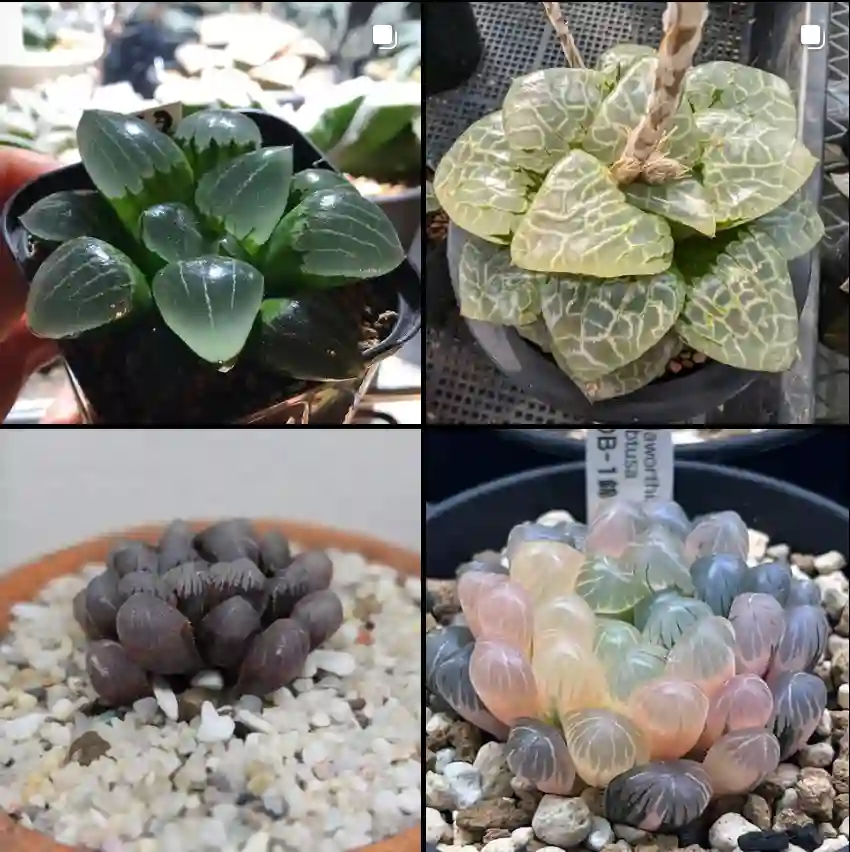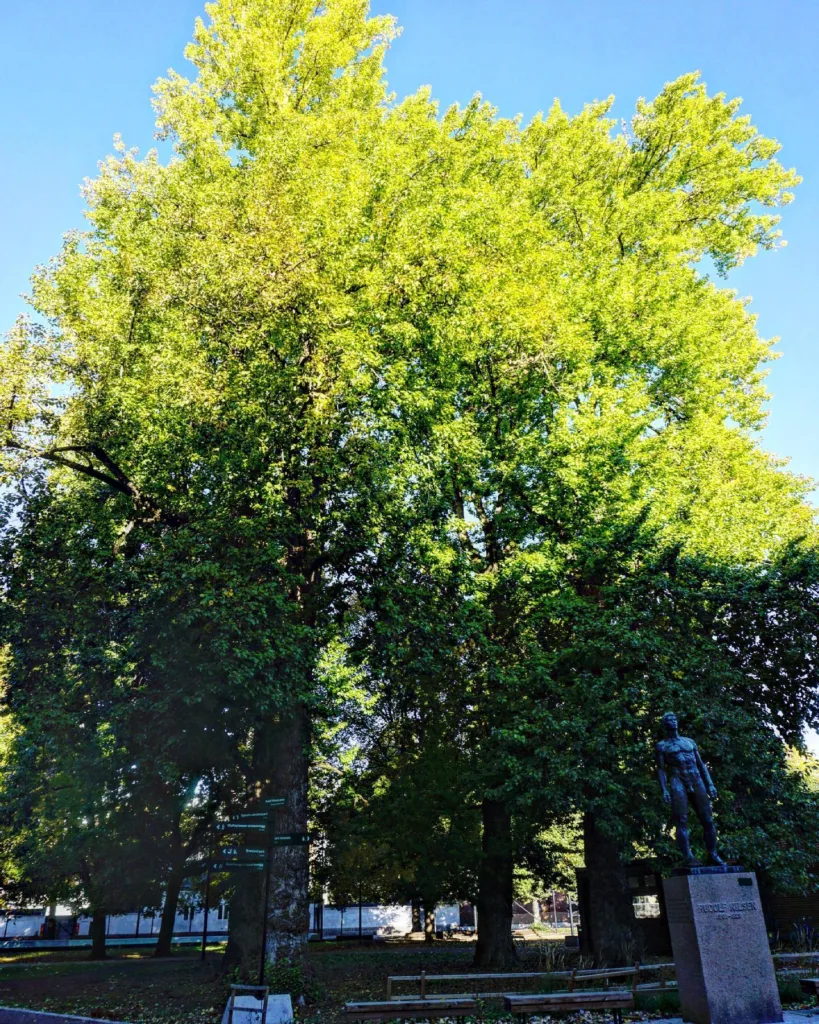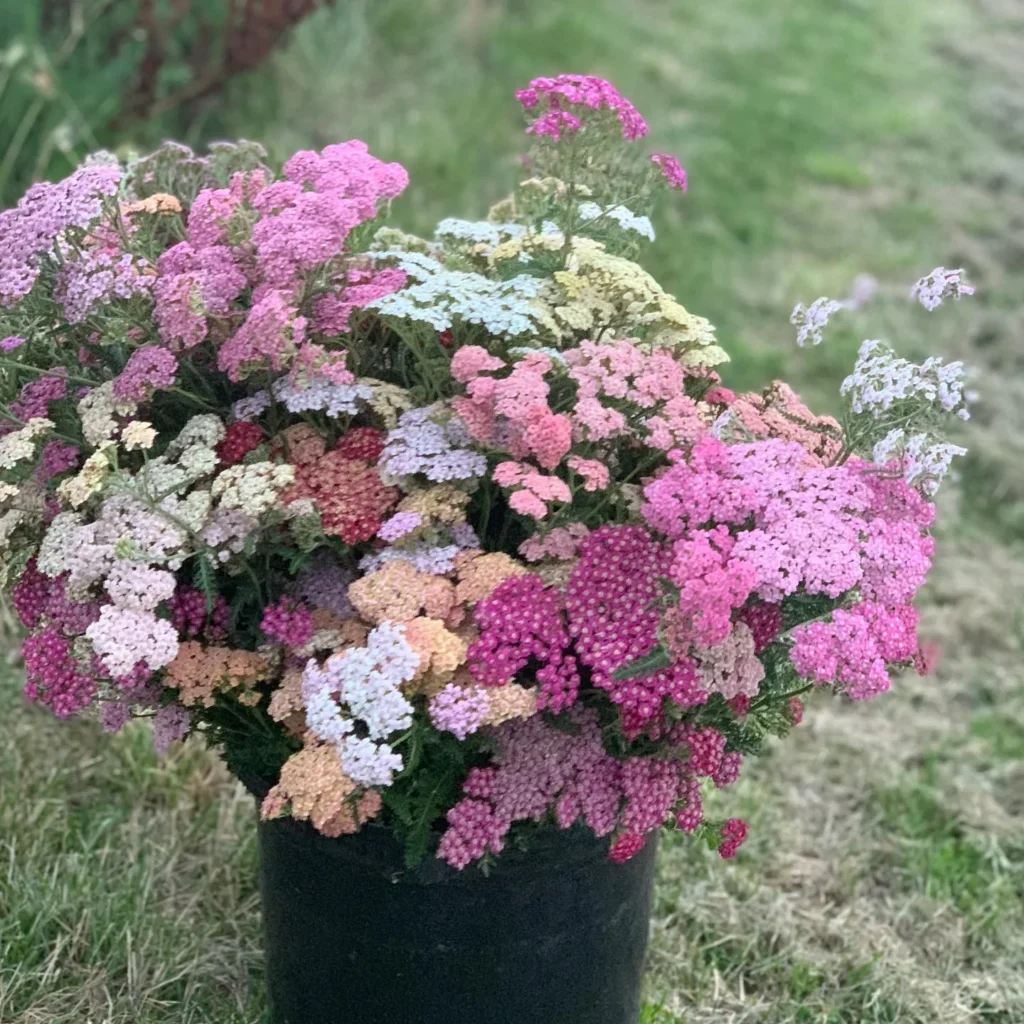The Enchanting World of Actaea: A Personal Exploration
As a budding botanist, I’ve always been drawn to the subtle beauty and quiet strength of woodland plants. There’s a certain magic to them, a resilience and understated elegance that speaks volumes. Among my favorites is the genus Actaea, more commonly known as baneberry or bugbane. These shade-loving perennials, with their delicate flowers and striking berries, hold a special place in my heart.
A Diverse Family
Actaea belongs to the Ranunculaceae family, a group known for its diverse array of flowering plants. What fascinates me most about this genus is the sheer variety it encompasses. From the delicate white flowers of Actaea pachypoda to the tall, elegant spires of Actaea simplex, each species has its own unique charm.
- Actaea pachypoda (White Baneberry): This species is easily recognizable by its striking white berries with a distinctive black “pupil,” giving them the appearance of doll’s eyes. – Plant FAQs: Actaea Pachypoda – White Baneberry
- Actaea rubra (Red Baneberry): A close relative of the white baneberry, this species boasts bright red berries that are equally eye-catching.
- Actaea spicata (European Baneberry): Native to Europe and parts of Asia, this species produces black berries and has more finely cut foliage.
- Actaea racemosa (Black Cohosh): Perhaps the most well-known member of the genus, black cohosh is renowned for its medicinal properties and tall, elegant white flower spikes. – Plant FAQs: Actaea Racemosa
- Actaea simplex (Bugbane): This species is a favorite among gardeners for its attractive, dark-colored foliage and late-blooming fragrant flowers.
- Actaea arizonica (S.Watson) J.Compton
- Actaea asiatica H.Hara
- Actaea austrokoreana (H.W.Lee & C.W.Park) Cubey
- Actaea bifida (Nakai) J.Compton
- Actaea biternata (Siebold & Zucc.) Prantl
- Actaea brachycarpa (P.K.Hsiao) J.Compton
- Actaea cimicifuga L.
- Actaea cordifolia DC.
- Actaea dahurica (Turcz. ex Fisch. & C.A.Mey.) Franch.
- Actaea elata (Nutt.) Prantl
- Actaea erythrocarpa (Fisch.) Kom.
- Actaea europaea (Schipcz.) J.Compton
- Actaea frigida (Royle) Prantl
- Actaea heracleifolia (Kom.) J.Compton
- Actaea japonica Thunb.
- Actaea kashmiriana (J.Compton & Hedd.) J.Compton
- Actaea laciniata (S.Watson) J.Compton
- Actaea lancifoliolata (X.F.Pu & M.R.Jia) J.P.Luo, Q.Yuan & Q.E.Yang
- Actaea × ludovicii B.Boivin
- Actaea matsumurae (Nakai) J.Compton & Hedd.
- Actaea muliensis J.P.Luo, Q.E.Yang & Q.Yuan
- Actaea nanchuanensis (P.K.Hsiao) J.P.Luo, Q.Yuan & Q.E.Yang
- Actaea podocarpa DC.
- Actaea purpurea (P.K.Hsiao) J.Compton
- Actaea taiwanensis J.Compton, Hedd. & T.Y.Yang
- Actaea vaginata (Maxim.) J.Compton
- Actaea yunnanensis (P.K.Hsiao) J.Compton
Beauty with a Bite
While undeniably beautiful, Actaea plants also command respect. Their berries, though visually appealing, are highly toxic. This duality, the combination of beauty and danger, has always intrigued me. It serves as a reminder that nature is full of surprises and that even the most delicate-looking plants can possess hidden strengths.
A Gardener’s Delight
Despite their toxicity, Actaea plants are a popular choice for shade gardens. Their ability to thrive in low-light conditions, combined with their attractive foliage and unique berries, makes them a valuable addition to any woodland setting. I’ve personally found them to be relatively low-maintenance and quite resilient, adding to their appeal.
More Than Just Looks
Beyond their ornamental value, Actaea plants have a rich history of use in traditional medicine, particularly Actaea racemosa (black cohosh). Native Americans have long used this species to treat a variety of ailments, including menstrual cramps and menopausal symptoms. While modern research is still exploring the full extent of its medicinal properties, the historical significance of this plant cannot be denied.
A Personal Connection
My fascination with Actaea goes beyond mere academic interest. These plants, with their quiet beauty and intriguing duality, resonate with me on a deeper level. They remind me of the importance of looking beyond the surface, of appreciating the subtle nuances and hidden depths that exist in the natural world.
In the years to come, I hope to deepen my understanding of this fascinating genus. I’m particularly interested in exploring the ecological roles these plants play in their native habitats and further investigating their potential medicinal benefits. The world of Actaea is full of possibilities, and I’m eager to continue my exploration.
If i die, water my plants!



